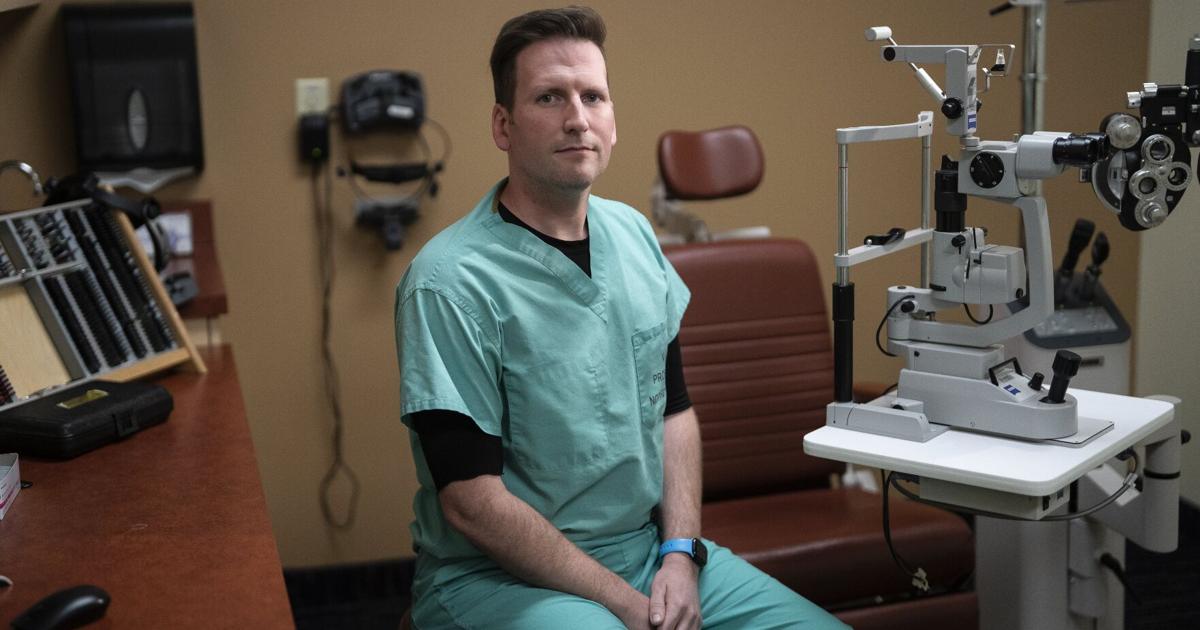Despite all the warnings about not removing your eclipse glasses until the moon completely covers the sun on April 8, eye doctors at the University at Buffalo know there’s a chance some people still might look at the sun before totality, potentially damaging their eyes.
That’s why UB ophthalmologists and residents are planning a post-eclipse eye clinic to check out any optical concerns on the part of eclipse viewers in Buffalo.
“I was wise-cracking with my team that this clinic will be the one time we hope no one shows up for an appointment,” said Dr. James Reynolds, chair of ophthalmology at UB’s Jacobs School of Medicine and Biomedical Sciences and president of UBMD Ophthalmology/Ross Eye Institute.
“But we know a few people may experience burns to their eyes from looking at the eclipse,” he said.
Reynolds and a team of attending physicians, surgeons and ophthalmology residents will staff the walk-in clinic from 4 to 9 p.m. April 8 – immediately following the eclipse – at UBMD Ophthalmology/Ross Eye Institute, 1176 Main St.. People concerned about eclipse-related eye injuries can also call 716-881-7900.
Reynolds said holding the clinic in the hours right after the eclipse will allow people to be seen as soon as possible after a potential injury, both in their own interest and in the interest of science.
Solar eclipses, especially total eclipses, are so few and far between that the high-tech imaging tools available to today’s ophthalmologists likely didn’t exist or weren’t as powerful for most of past eclipse history, Reynolds said. The same goes for potential treatments that might prove to work if applied soon after injury.
“These events are super rare – the last partial eclipse here was in 2017 but the last total eclipse was in 1925,” Reynolds said. “If we catch someone within two hours after an eclipse, we might see something with our imaging technology that we’ve never seen before. And if we…
Read the full article here

Leave a Reply